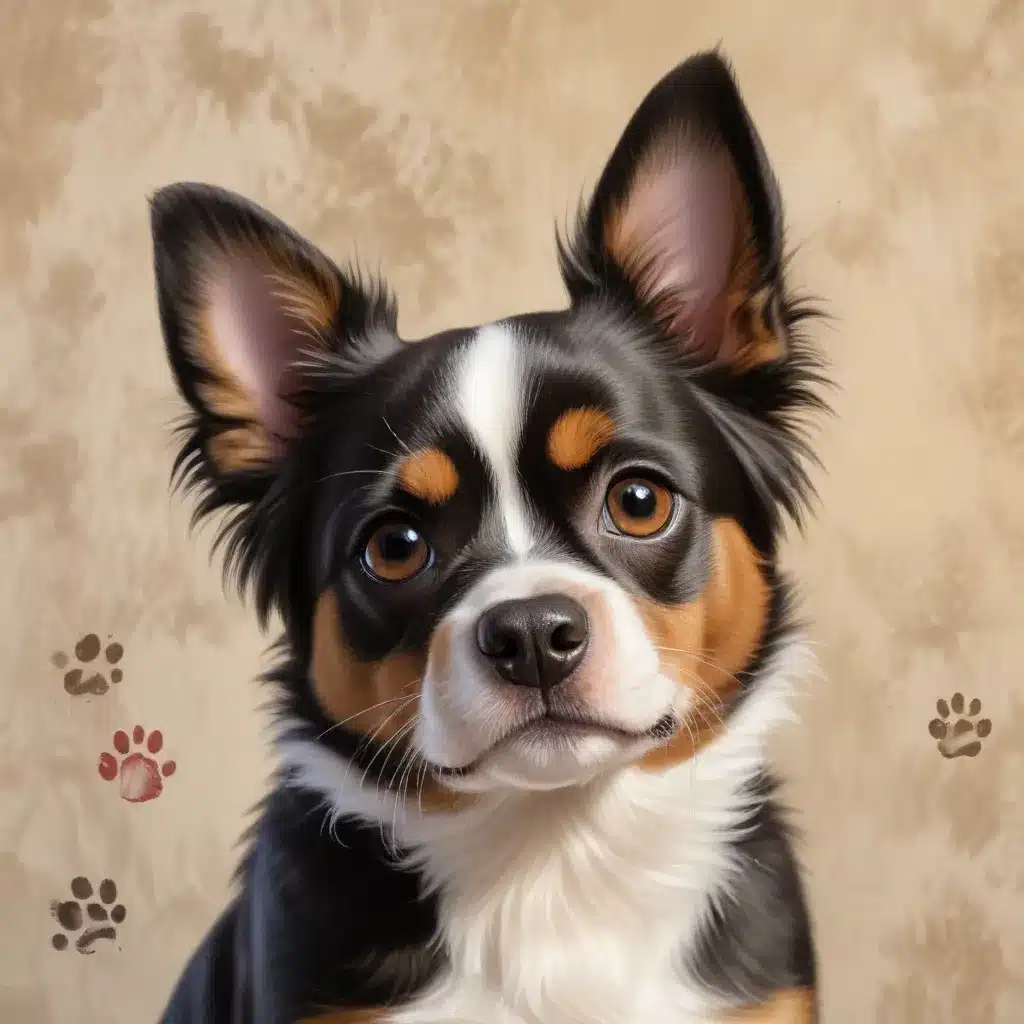
Unleash Your Artistic Paw-tential: Discover the Joy of Pet Portraiture
As a seasoned artist and educator, I’m thrilled to share my expertise on painting tutorials for pet owners. Whether you’re a beginner brushing up on your skills or a seasoned painter looking to capture the essence of your furry companion, this comprehensive guide will provide you with practical tips, in-depth insights, and inspiration to create your own unique masterpieces.
Unleashing Creativity with Lick Painting
One of the most fun and interactive ways to create art with your pet is through the lick painting technique. Also known as “peanut butter painting,” this unique approach allows your canine companion to become a co-creator in the artistic process. Here’s how you can bring this trend to life in your own home:
- Prepare a canvas by taping the edges and applying non-toxic acrylic paints in vibrant colors and contrasting shades.
- Spread a layer of natural peanut butter on the inside of a large Ziploc bag, then carefully place the painted canvas inside.
- Supervise your dog as they enthusiastically lick the peanut butter, creating a one-of-a-kind painting with their “brush strokes.”
- Let the artwork dry and enjoy your new collaborative masterpiece, showcasing your pup’s artistic talents.
This playful activity not only allows you to create unique pet-inspired art but also fosters a deeper bond with your four-legged friend. Just be sure to use only non-toxic, pet-safe paints and supervise the process to ensure your furry artist’s safety.
Capturing Paw Prints in Clay
Preserving the essence of your pet through their paw prints is another meaningful way to commemorate their presence in your life. Creating DIY clay paw prints is a simple yet heartfelt project that can be cherished for years to come.
Here’s how to get started:
- Gather your supplies: air-dry modeling clay, a smooth surface like a plate or tray, cling film (optional), and a rolling pin.
- Knead and soften the clay until it’s pliable, then gently press your pet’s paw into the clay to create a detailed impression.
- Carefully remove the paw and, if desired, use a biscuit cutter or other shape to trim the edges for a clean, finished look.
- Allow the clay paw print to fully dry, then consider painting, sealing, or framing it to display as a treasured keepsake.
These clay paw prints make wonderful gifts for pet-loving friends and family, and can also serve as meaningful reminders of the unconditional love and companionship our furry friends provide.
Mastering Watercolor Pet Portraits
For those seeking to capture the likeness of their beloved pet in a more traditional artistic medium, watercolor painting offers a beautiful and expressive approach. Follow this step-by-step watercolor tutorial to bring your canine companion to life on the canvas:
- Start with a reference photo of your pet and plan your composition, considering the placement of your subject and any background elements.
- Begin by establishing a rich, moody atmosphere with a wash of cobalt-based blues and purples for the shadows in the snow.
- Strategically use wax crayon to reserve areas of bright white for the highlights in your pet’s fur.
- Build up the background with layers of textured foliage, using a variety of earthy hues to create depth and interest.
- When painting your pet, focus on capturing the essence of their form and expression with loose, expressive brushstrokes, rather than getting bogged down in intricate details.
By embracing the fluid nature of watercolor, you can capture the vivid personality and energy of your four-legged muse. Don’t be afraid to experiment and let the paint guide you as you bring your pet’s likeness to life on the canvas.
Preserving Paw Prints for Grieving Pet Owners
In the unfortunate event of losing a beloved pet, many owners seek ways to honor their memory and keep their presence alive. One meaningful way to do this is by preserving their paw prints. As shared on the r/VetTech subreddit, this can be a delicate and challenging process, but it can provide immense comfort during the grieving process.
Some key tips for successfully capturing paw prints for grieving pet owners include:
- Timing is critical – act quickly before the pet has been taken to the crematorium, as the paws become less pliable after passing.
- Experiment with various techniques, such as using clay, ink, or even plaster, to find the method that works best for your pet’s paws.
- Be patient and gentle, as the paws may be sensitive, and the owner may be in a state of heightened emotion.
- Offer to take multiple impressions, as the first attempt may not turn out as desired.
- Provide guidance on how to display or incorporate the paw prints, such as in a keepsake or memorial.
This deeply personal service can be an invaluable gift to grieving pet owners, allowing them to cherish their beloved companion’s memory through a tangible, heartfelt reminder.
Unlocking Your Pet’s Artistic Potential
As you embark on your journey of creating art with your furry friends, remember to embrace the process and have fun. Whether you’re exploring lick painting, preserving paw prints, or mastering watercolor pet portraits, the key is to let your creativity flow and to celebrate the unique bond you share with your beloved pet.
For more inspiration and resources, be sure to visit Pencil and Paint Muse, where you’ll find a wealth of information and tutorials on a wide range of artistic topics. Happy painting, pet owners!